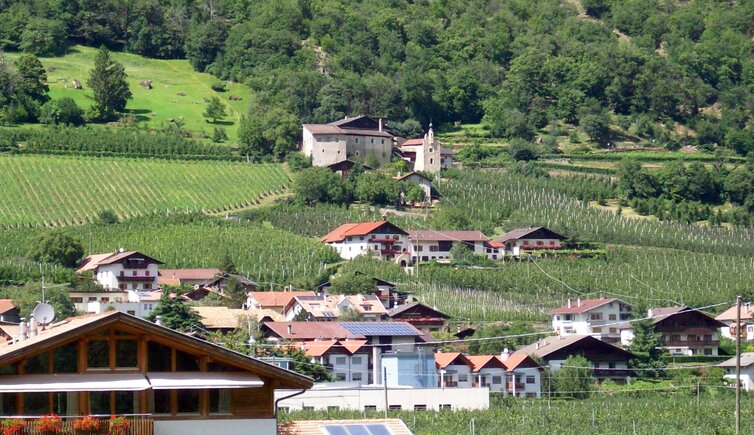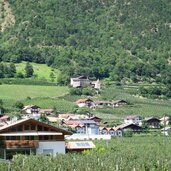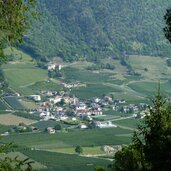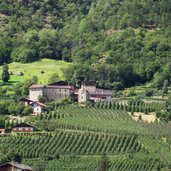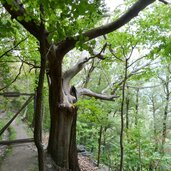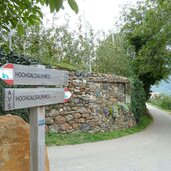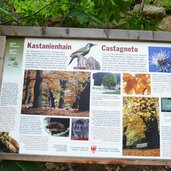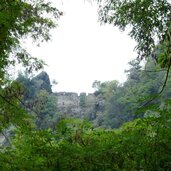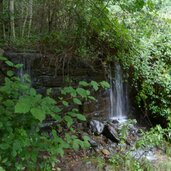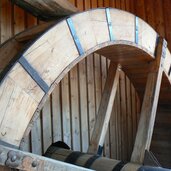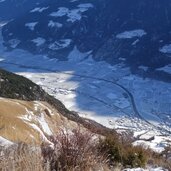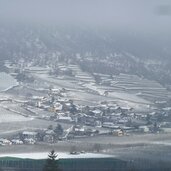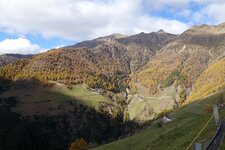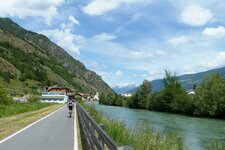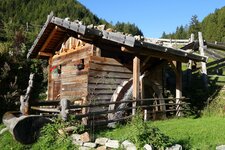The watermills and dry stone walls are distinctive cultural features of the small village of Colsano on the Monte Sole
Image gallery: Colsano
What does Colsano (Galsaun) have in common with Sicily in the central Mediterranean Sea? The rain - or rather, its scarcity! Both regions record comparably little rainfall. This fosters a mild climate here in the Val Venosta, where kiwis, figs and palm trees flourish. Colsano is located between the two main villages of the municipality, Castelbello and Ciardes.
The village does not have its own church, only the Chapel of the Holy Trinity. The numerous dry stone walls are characteristic of the small village. They were partly built with stones that once belonged to the Via Claudia Augusta. This Roman road once connected the Danube with the Adriatic and ran right through the Val Venosta. Today, the Val Venosta Cycle Path follows this historic route, which is level and pleasantly shaded, running along the banks of the Adige.
The settlement history of Colsano dates back to prehistoric times, as evidenced by archaeological finds at "Kirchknott" rock above the village. The Rio di Colsano, the Rio dei Gamberi, and the Adige River flow through the landscape. Additionally, there are several restored mills here, where grain was formerly ground. Above the village stand the ruins of Colsano Alta, or Hochgalsaun, Castle.
It was built in the 13th century and destroyed again only about 150 years later. The historical heritage also includes the Kasten Residence, with its chapel and late Gothic portal: After Hochgalsaun Castle was destroyed, it served as the residence for the Lords of Silandro. A Waalweg path near Colsano leads through this landscape of the Monte Sole with its chestnut groves.
